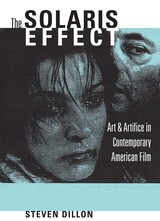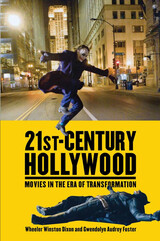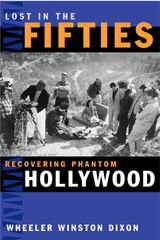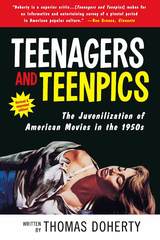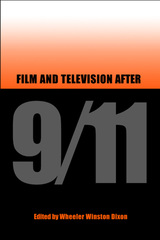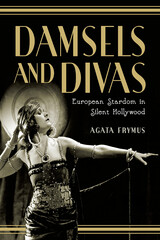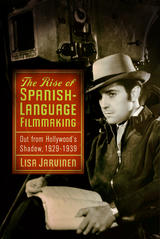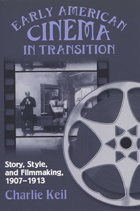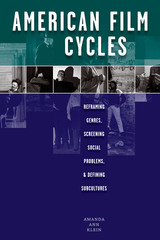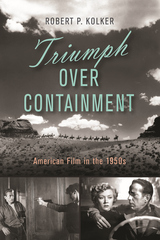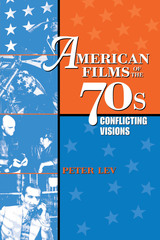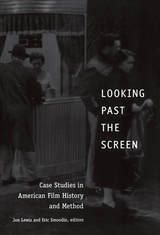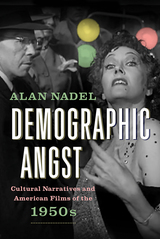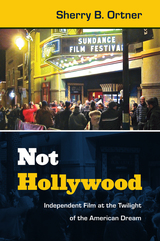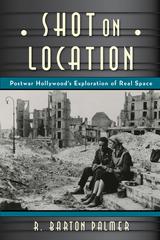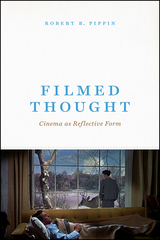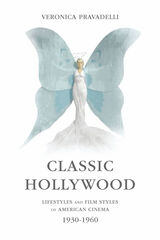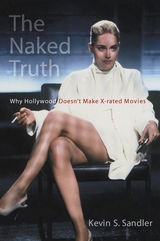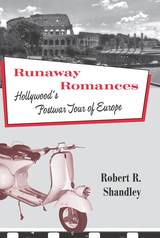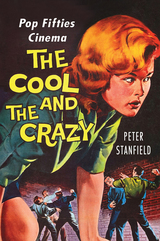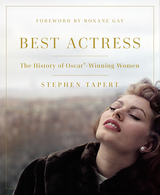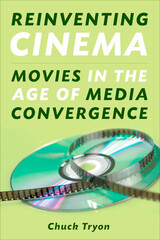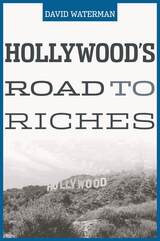Hollywood Outsiders: The Adaptation of the Film Industry, 1913-1934
University of Minnesota Press, 2003
Paper: 978-0-8166-3733-1 | Cloth: 978-0-8166-3732-4
Library of Congress Classification PN1993.5.U6M6554 2003
Dewey Decimal Classification 384.80973
Paper: 978-0-8166-3733-1 | Cloth: 978-0-8166-3732-4
Library of Congress Classification PN1993.5.U6M6554 2003
Dewey Decimal Classification 384.80973
ABOUT THIS BOOK | TOC
ABOUT THIS BOOK
An innovative approach to the relationship between filmmaking and society during Hollywood's golden age.
The 1910s and 1920s witnessed the inception of a particular brand of negotiation between filmdom and its public in the United States. Hollywood, its proponents, and its critics sought to establish new connections between audience and industry, suggesting means by which Hollywood outsiders could become insiders. Hollywood Outsiders looks at how four disparate entities--the Palmer Photoplay correspondence school of screenwriting, juvenile series fiction about youngsters involved in the film industry, film appreciation and character education programs for high school students, and Catholic and Protestant efforts to use and influence filmmaking--conceived of these connections, and thus of the relationship of Hollywood to the individual and society. Anne Morey's exploration of the diverse discourses generated by these different conjunctions leads to a fresh and compelling interpretation of Hollywood's place in American cultural history.
In its analysis of how four distinct groups, each addressing constituencies of various ages and degrees of social authority, defined their interest in the film industry, Hollywood Outsiders combines concrete discussions of cultural politics with a broader argument about how outsiders viewed the film industry as a vehicle of self-validation and of democratic ideals.
Anne Morey is assistant professor of English and performance studies at Texas A&M University.
The 1910s and 1920s witnessed the inception of a particular brand of negotiation between filmdom and its public in the United States. Hollywood, its proponents, and its critics sought to establish new connections between audience and industry, suggesting means by which Hollywood outsiders could become insiders. Hollywood Outsiders looks at how four disparate entities--the Palmer Photoplay correspondence school of screenwriting, juvenile series fiction about youngsters involved in the film industry, film appreciation and character education programs for high school students, and Catholic and Protestant efforts to use and influence filmmaking--conceived of these connections, and thus of the relationship of Hollywood to the individual and society. Anne Morey's exploration of the diverse discourses generated by these different conjunctions leads to a fresh and compelling interpretation of Hollywood's place in American cultural history.
In its analysis of how four distinct groups, each addressing constituencies of various ages and degrees of social authority, defined their interest in the film industry, Hollywood Outsiders combines concrete discussions of cultural politics with a broader argument about how outsiders viewed the film industry as a vehicle of self-validation and of democratic ideals.
Anne Morey is assistant professor of English and performance studies at Texas A&M University.
See other books on: Adaptation | Film Industry | Morey, Anne | Motion pictures | Telecommunications
See other titles from University of Minnesota Press

